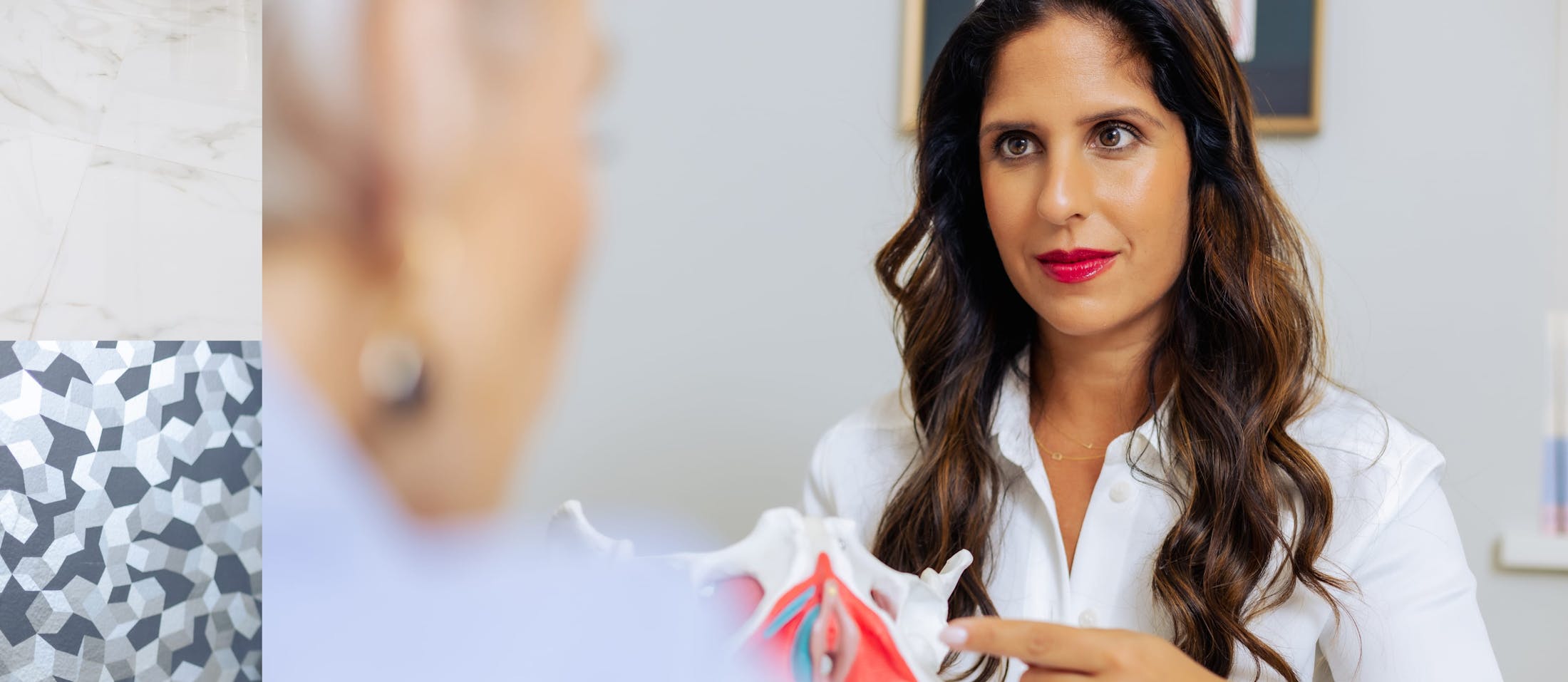
If you’ve ever had a urinary tract infection, you know exactly how uncomfortable, unpleasant and painful it can be. If you’ve had recurrent or persistent UTI symptoms with no identifiable infection, you know that it can be a frustrating, discouraging and downright unbearable experience.
This type of bladder pain is known as interstitial cystitis, a chronic bladder health issue characterized by pain and pressure in the bladder, as well as urinary tract symptoms that last longer than six weeks without an infection present. Due to the discomfort and pain in the bladder that this condition causes, interstitial cystitis is often known as bladder pain syndrome or painful bladder syndrome.
Does any of this sound familiar? You’re not alone. An estimated 4 to 12 million Americans suffer from bladder pain syndrome. Despite its prevalence, this condition is extremely misunderstood and commonly misdiagnosed. If you think you might have bladder pain syndrome, you do not have to suffer in silence. New York’s interstitial cystitis specialist, Dr. Sonia Bahlani, can help you find relief — starting now. Ready to take the first step towards a pain-free life? Here’s everything you need to know about bladder pain symptoms, causes and treatment options.
Do I Have Bladder Pain Syndrome?
The symptoms of bladder pain syndrome, or interstitial cystitis, are very similar to those of a urinary tract infection: bladder pain accompanied by frequent, urgent, and painful urination. Symptoms and severity vary from person to person, but most people with interstitial cystitis will also experience some combination of the following symptoms:
Pressure in the abdomen/bladder pain in the abdomen/bladderProlonged lower urinary tract symptoms with no infection pain during urination pain during sex frequency and urgency of urination difficulty starting/completing a stream pushing or straining to start streamPain with bladder filling
The most important thing to know about bladder pain syndrome is that even though they share many of the same symptoms, a urinary tract infection and bladder pain syndrome are not the same condition. Their causes are completely different, as are the methods to treat them. Read on to learn more about why you might have interstitial cystitis.
What Causes Interstitial Cystitis?
All too often, interstitial cystitis is misdiagnosed as a UTI and subsequently treated using antibiotics. But unlike a UTI, bladder pain syndrome is not caused by a bacterial infection. At best, antibiotics will not make any difference in relieving symptoms. At worst, they’ll create dangerous antibiotic resistance.
Unfortunately, the exact cause of bladder pain syndrome is unknown. Experts believe it to be the result of a number of different factors. Here are some of the theories about potential causes of interstitial cystitis:
A defect in the lining of the bladder (or the epithelium) that allows toxic substances in the urine to penetrate the bladder neurogenic upregulationInflammatory issues auto-immune causes where the body’s immune system attacks its own tissues, in this case, the bladder.
Even though we don’t fully understand the exact cause of bladder pain syndrome, it has been associated with several risk factors, including:
Other chronic pain syndromes: If you have a condition such as fibromyalgia, irritable bowel syndrome, or rheumatoid arthritis, you may have an increased risk of developing interstitial cystitis. Gender: Bladder pain syndrome is significantly more common in women than in men, although men can still have the condition. Skin and hair color: People with fair skin and red hair are more likely to have interstitial cystitis. Age: Most cases of interstitial cystitis are diagnosed in the patient’s 30s but are seen in patients as young as 12 and in patients over the age of 65
How Do I Treat My Interstitial Cystitis?
Since there is no clear, identifiable cause of interstitial cystitis, treatment can take time. In many cases, you may need to try a number of treatments to find the one that works best to alleviate your symptoms. Treatment for bladder pain syndrome may include any or a combination of the following:
Anti-inflammatory medicationsTricyclic antidepressantsBladder instillationsNerve stimulation to block pain and relax your bladderSurgeryLifestyle changes, including diet, exercise, and smoking alternative medicine, such as acupuncturePelvic floor physical therapy
Living with bladder pain syndrome can be extremely stressful, both physically and emotionally. Relief doesn’t happen overnight, but by working with New York’s bladder pain specialist, you can regain control of your life. Dr. Bahlani will work with you to assess your condition, create a holistic treatment plan, and support you every step of the way. It may take time before you start to feel better, but at Pelvic Pain Doc, we’re confident we can help you get there.
The most important step in any health journey is the first one. If you’re experiencing any of the above symptoms or have any concerns that you might be suffering from bladder pain syndrome, call Pelvic Pain Doc to book a consultation today. It’s time to start feeling better, one day at a time.

